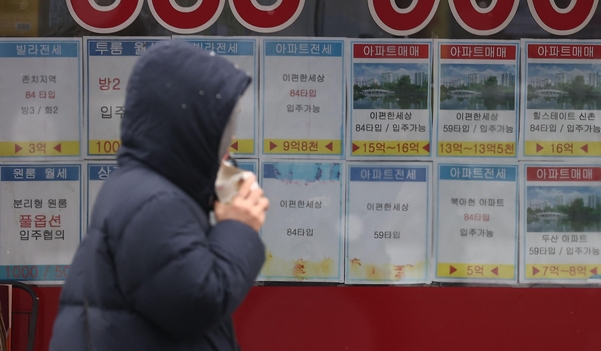Input 2021.01.26 11:00
National land price in the fourth quarter of last year was 0.96%↑··· Land transaction volume was 8.3% ↑ compared to the previous quarter
Last year, Sejong City showed the highest land price increase among local governments nationwide. Land prices in Sejong City rose 10.62% annually in 2020, recording the highest rate ever. The land price in Daejeon also rose by 4.58%, the highest since 2016, ranking third in the country after Seoul (4.80%).

By region, land prices in the metropolitan area rose 1.08%, slightly slowing the increase compared to the previous quarter (1.10%). Fat gained at 0.78% from the previous quarter (0.70%). In particular, the rate of change in five cities, including Sejong 3.60%, Busan 1.24%, Daejeon 1.21%, Gwangju 1.04%, and Daegu 0.98%, was higher than the national average (0.96%).
When divided into cities, counties, and districts, the areas with the highest land price increase in the fourth quarter of last year were Sejong (3.60%), Nam-gu, Busan (2.36%), Busanjin-gu (2.07%), Gunwi-gun, Gyeongbuk (1.90%), and Haeundae-gu, Busan (1.76%). ) And so on. On the other hand, land prices in Seogwipo-si, Jeju (-0.28%), Dong-gu, Ulsan (-0.14%), and Jeju-si, Jeju (-0.08%) fell. Geoje-si, Gyeongnam (0.06%) and Changwon Seongsan-gu, Gyeongnam (0.10%) also showed low rates of increase.
Accordingly, the annual land price increase rate in 2020 was as high as 10.62% in Sejong, 4.80% in Seoul, 4.58% in Daejeon, 3.98% in Gyeonggi, 3.88% in Gwangju, and 3.75% in Busan.
In the fourth quarter of 2020, the land transaction volume was about 952,000 parcels 561.4 km2 (approximately 90% of Seoul’s area), an increase of about 8.3% compared to about 879,000 parcels in the third quarter. It increased 12.6% from the same period last year (845,000 parcels). The volume of land transactions in residential areas increased significantly from the third quarter (493,000 lots), leading the increase to 524,000 lots. The land transaction volume also includes transactions of land attached to buildings such as commercial business (78,000 lots in the fourth quarter of 2020) and residential (500,000 lots). Land transaction volume increased sharply in July of last year and then stabilized in August-October, but has been increasing again since November.
An official from the Ministry of Land, Infrastructure and Transport said, “The rate of change in land prices and the volume of transactions are on the rise,” and “We plan to actively respond to abnormalities while closely monitoring the possibility of overheating the land market in the future.”

